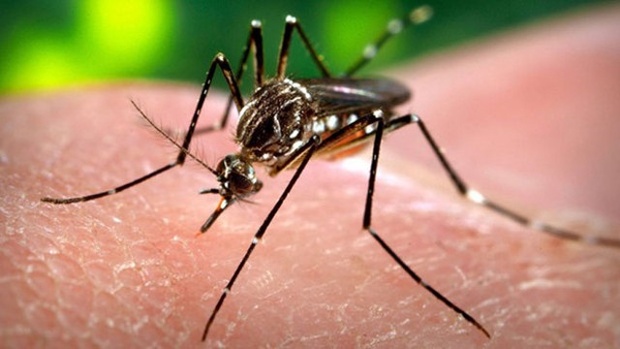
*Temperature affects insecticide efficacy against malaria vectors
A bit of mosquito saliva might one day be just what the doctor ordered to stop blood clot. That is because scientists have found a new way to reinvigorate anticlotting factors in mosquito spit in the lab. The modified blood thinner has so far only been tested in mice; if it ever works in humans, it could help prevent—and even treat—the blood clots that can lead to hemorrhaging or thrombosis.
When a mosquito bites, it injects a potent mix of proteins called anophelins into its host, allowing the blood to flow more freely. These anophelins have long been a target of researchers trying to create new classes of blood thinners for human use. But once extracted and tested in the lab, anophelins do a poor job of thinning and unclotting the blood.
To revitalize tired mosquito spit, scientists added sulfate to the mix. Sulphate, which reacts with amino acids in the anophelins, strengthened the electrostatic forces between the proteins, making them better able to bind to the enzyme in blood plasma that causes clotting. Researchers injected three anaesthetized mice with the modified or original molecules and measured how much they bled from a tail wound.
Mice treated with the modified proteins had much thinner blood—their anophelins were 100 times as effective in binding to the enzyme as the unmodified protein, the scientists reported last month in ACS Central Science.
The team also found that sulfated anophelins are more effective than hirudin, a blood-thinning molecule derived from the salivary juices of leeches, which is occasionally used in clinical settings. Given how well the modified anophelins performed—and the fact that they also stimulate a natural immune response—the researchers are planning to develop mosquito spit–based blood thinners that could eventually be used to prevent and treat blood clot formation in humans.
Meanwhile, ambient temperature has a marked effect on the toxicity of the most commonly used insecticides for malaria control, according to a study led by ISGlobal, an institution supported by the “la Caixa” Foundation.
The results, published in Malaria Journal, underline the need to evaluate the efficacy of these chemicals under real field conditions.The appearance and spread of mosquitoes resistant to the insecticides currently used for malaria control is a threat to malaria elimination efforts. In Africa, resistance to pyrethroids (the only insecticide class approved for treating bed nets and used widely for indoor spraying) has been reported. It is therefore crucial to continuously monitor insecticide susceptibility — or resistance — among the main species of malaria-transmitting Anopheles. Insecticide efficacy is not only determined by the active ingredient, but also by other factors including ambient temperature. However, susceptibility tests are normally performed in laboratories or insectaries where temperature conditions are optimal for the mosquito.
In this study, the researchers explored the effect of temperature on the standard insecticide resistance test, using resistant or susceptible strains of two major malaria vectors (An. arabiensis and An. funestus). Toxicity of the pyrethroid deltamethrin and the carbamate bendiocarb was assessed at different temperatures (18, 25 or 30º).
Results show that temperature impacts toxicity of both insecticides, but in a different way: bendiocarb lost efficacy at higher temperatures for both species, regardless if they were resistant or susceptible. In contrast, higher temperatures decreased deltamethrin toxicity for susceptible arabiensis but the contrary was observed for resistant An. arabiensis and susceptible An. funestus. Piperonyl-butoxide (PBO), which inhibits pyrethroid-resistance mechanisms, completely restored deltamethrin susceptibility at all temperatures.
The authors conclude that caution must be exercised when drawing conclusions about a chemical’s efficacy from laboratory assays performed at only one temperature. Temperatures in the field, they point out, can vary considerable during a single day.
“Performing efficacy tests with local vectors and under real field conditions (which would reflect the appropriate season and relevant time of day when chemicals are expected to act) would yield more accurate ‘entomological intelligence’ for evidence-based decision-making,” says ISGlobal researcher Krijn Paaijmans, who coordinated the study.
END

Be the first to comment